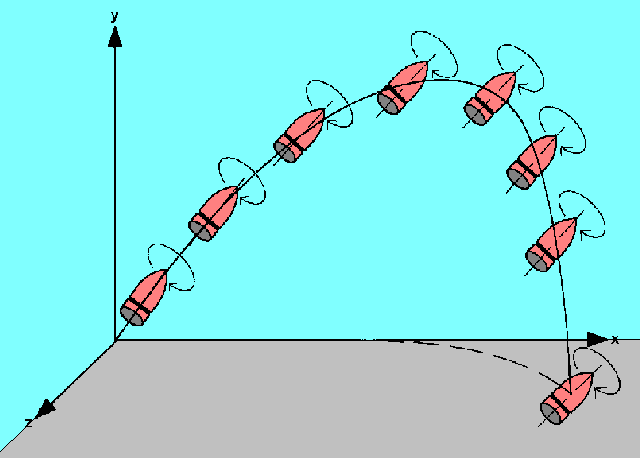Buffalobob
Well-Known Member
One of the more interesting features of killing animals is the energy of deformation. That is not normally a really big issue except it is important to consider when you shoot at marginal ranges as I often do. It is one of the reasons a hard cast bullet will penetrate so well. They have no energy losses from deformation so the momentum remains high. I never bother to calculate spin when I decide to calculate what the maximum range of my rifle is.
The question on the table is if you take a 45 caliber muzzle loader and shoot a 120 pound white tail deer with a round ball will the round ball expand more if it has a higher RPM when it hits the deer.
The question on the table is if you take a 45 caliber muzzle loader and shoot a 120 pound white tail deer with a round ball will the round ball expand more if it has a higher RPM when it hits the deer.

